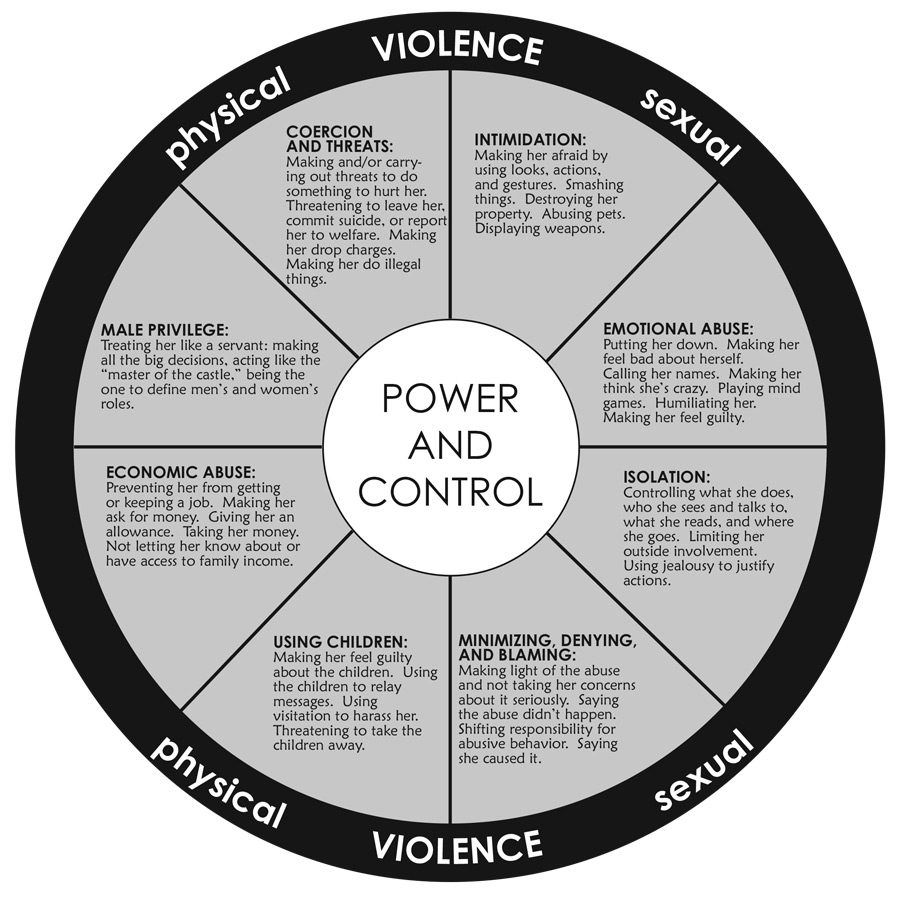We are here to help. If you or someone you know needs assistance, please reach out to us.
Survivors experiencing domestic/dating violence (a pattern of physical, sexual, and/or psychological abuse) and/or stalking within an intimate relationship as well as their family and friends need a confidential, supportive environment to talk about the violence and the types of assistance available to help them.
Our advocates provide the information and support survivors may need to deal with these intimate forms of abuse including specialized lethality assessments as far too often this intimate partner violence can end with homicide/suicide.
Crisis intervention is a necessary step to breaking the cycle of violence and victimization. Our advocates provide emotional support and services to survivors of physical, sexual, verbal and emotional abuse.
Our free and confidential services include:
24-hour crisis intervention and advocacy
Emergency shelter
Support groups
Referrals to counseling
Information and referrals for
- food
- clothing
- furniture
- medical care
- educational training
- financial assistance
- social services
Community education/presentations
Support Group
| Day | Time |
|---|---|
| Thursdays | 6pm |
Criminal Justice Assistance
Our certified domestic violence advocates assist survivors experiencing adult abuse(as defined under NDCC 14-07.1-01), with
- the Protection Order application
- courtroom advocacy
- providing emotional support during the protection order hearing
- follow-up and referral
- assistance with crime victims compensation
- and community education presentations.
What is a Domestic Violence Protection Order?
Protection Orders (or “POs”) are documents filed with the court system that, if granted, state that your abuser cannot contact you or be near you. Your children can also be protected under this order. Protection orders do NOT mean that your abuser will be charged with Domestic Violence, or that he/she will be immediately placed under arrest. He/she will not be arrested unless the Protection Order is violated after it has been served.
Who Can Request a Domestic Violence Protection Order?
According to the North Dakota Supreme Court website, “A spouse or former spouse, a family member, a parent, a child, a person related by blood or marriage, a person presently residing with the abusing person or who has resided with that person in the past, a person who has a child in common with the abusing person, persons who are in a dating relationship, or any other person with sufficient relationship to the abusing person as determined by the Court.”
Domestic Violence Protection Order Process
The victim (known as the “Petitioner”) completes the petition for the Protection Order and files it with the court. An advocate at the Abused Adult Resource Center (AARC) can help you with this. If the court finds that you are in immediate danger based on the information that was filed, they can issue a Temporary Protection Order.
A court hearing will be scheduled no later than 14 days after the temporary order is issued. This hearing is held to determine whether or not the court will extend the Protection Order. This gives both the Petitioner and the Respondent a chance to say why the Protection Order should or should not be extended. You can request that a AARC advocate be present with you at this hearing for support. However, please keep in mind that we are not lawyers. If you wish to have a lawyer present, you must arrange this prior to the hearing.
Signs of Abuse
Does your partner:
- Threaten you or your loved ones?
- Break your belongings?
- Use guilt trips on you to have his own way?
- Humiliate you in public or private?
- Make you feel as if you should not go out with or contact friends and family?
- Push, hit, choke or slap you?
- Restrain you using force?
- Apologize after being violent and yet repeat the behavior?
- Blame you for his or her temper or behavior?
- Wrongly accuse you of doing something?
- Pressure or force you to have sex?
- Ignore your feelings?
- Withhold approval, appreciation or affection as punishment?
- Continually criticize you, call you names and/or shout at you?
- Abandon you in a dangerous place?
If your answer is “Yes” to one or more of the above, you may be involved in an abusive relationship. If you have concerns for yourself or someone you know, please contact the Abused Adult Resource Center for help.
Remember, the responsibility for the abusive behavior rests with the abuser. You cannot make another person emotionally or physically harm you, but you can hold him/her accountable.
Power and Control Wheel
Physical and sexual assaults, or threats to commit them, are the most apparent forms of domestic violence and are usually the actions that allow others to become aware of the problem. However, regular use of other abusive behaviors by the batterer, when reinforced by one or more acts of physical violence, make up a larger system of abuse. Although physical assaults may occur only once or occasionally,
The Power & Control diagram is a particularly helpful tool in understanding the overall pattern of abusive and violent behaviors, which are used by a batterer to establish and maintain control over his partner. Very often, one or more violent incidents are accompanied by an array of these other types of abuse. They are less easily identified, yet firmly establish a pattern of intimidation and control in the relationship.



